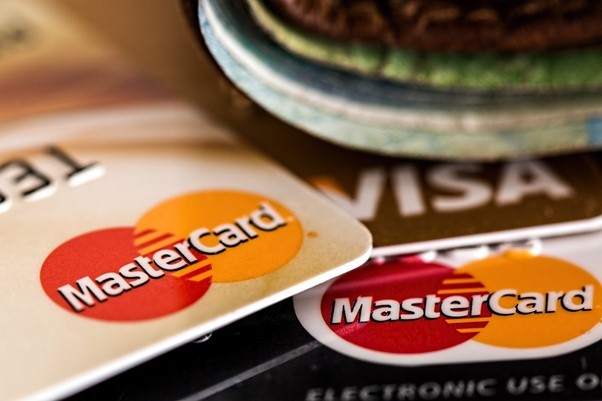Millions of borrowers in the United States need to restore their credit scores after reporting errors. Unfortunately, your history compiled by Experian, Equifax, or TransUnion may be flawed. The errors range from misspellings to false events, and they should be eliminated as soon as possible. Repair providers offer to help you dispute the mistakes, which is important for your future borrowing, insurance, and employment. So, how much should you pay for their services?

The Average Cost
For a client, the cost often includes the setup fee and the monthly payment. Every provider has its billing cycle, which may be equal to or longer than a month. The recurring payment is charged as long as you use the services.
In the beginning, the company may ask for a special fee to launch the analysis. According to the Lexington law reviews on creditfixed.com, this firm is an exception. In any case, you will not have to sign a contract with a fixed duration.
Cancellation is possible at any time, and there may be a money-back guarantee. Choose providers that offer refunds. This way, if the experts fail to repair your credit within the first 60 or 90 days (i.e., delete at least one entry from your reports), you are eligible for a refund.
On average, you may expect to pay between $79 and $129.95 per billing cycle. The setup fee is usually equal to the payment or lower. The more complex your case - the longer it will take and the more you will spend in total. This is why consumers are advised to check their reports and repair errors regularly.
What Services Are Included
Most firms split their add-ons between three packages. However, the core services are the same. The provider will collect your reports, examine them, identify errors, prepare evidence, and initiate the dispute procedures. Here is a closer look at each of the stages.
1. Obtaining Your Information
Note that the providers do not have a monopoly on this activity. You can also collect and analyze your own records by going to this website. Due to the pandemic, you can download free copies from all three bureaus weekly. Previously, this was only possible once a year.
Your credit fixer will collect the data for you. You may get a free initial consultation. The team will analyze your situation and suggest a strategy. Different types of errors have a different impact on your score, so the most damaging ones will be prioritized.
2. Collecting Evidence
Only the nationwide bureaus can correct their own records. To prove that the information is false or outdated, the experts will need proof. To obtain it, they will liaise with the lenders by means of debt validation letters and other correspondence. At this stage, they may also send cease and desist letters to collectors if they are bothering you.
3. Filing Disputes
Finally, when enough evidence is accumulated, the professionals will draft and send dispute letters to the respective bureaus. Customers who want to fix their scores by themselves can find free templates on the website of the Consumer Financial Protection Bureau.
After receiving the letter, the agency will have 30 days to initiate and finalize its internal investigation and provide a formal response. Your claim may be accepted or rejected. In the first case, the errors will be deleted, and your score will jump automatically. The agency will also send you a free copy of your revised report. Otherwise, it might refuse to make the changes or ask for more information, which prolongs repair.
One of the biggest advantages of professional services is that experts know what proof is convincing. They can compile sufficient evidence from the start, so redisputes are not necessary. If you handled everything on your own, this would be the most tedious stage.
However, despite all the investigative work, this is not an exact science. No reputable provider can promise to raise your score by a particular number of points. This makes money-back guarantees so important.

How to Find the Best Value for Money
As we have mentioned, you are usually presented with a number of service bundles. These cover the basic, intermediate, and aggressive repair. The price tags also differ.
Make sure you are not paying for any unnecessary add-ons. If there are just a few items to remove, you can get the cheapest package and have all of your needs met. Note that some providers will only challenge a specific number of entries per billing cycle - for example, five per bureau with the cheapest plan.
Premium services may include benefits like identity theft protection, fraud alerts, the official FICO tracker, tools for personal budgeting, etc. Most companies offer a wealth of free educational resources online. Take advantage of their libraries to improve your financial literacy.
To Conclude
In the United States, the average price of credit restoration is around $100 per month. Different providers have different service packages and pricing. Choose a reputable firm with a high BBB rating and positive feedback from real customers. The money-back policy is also preferable. Make sure you can get a refund if the company fails to achieve any changes.
* This is a contributed article and this content does not necessarily represent the views of hngn.com








